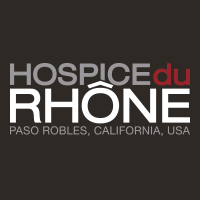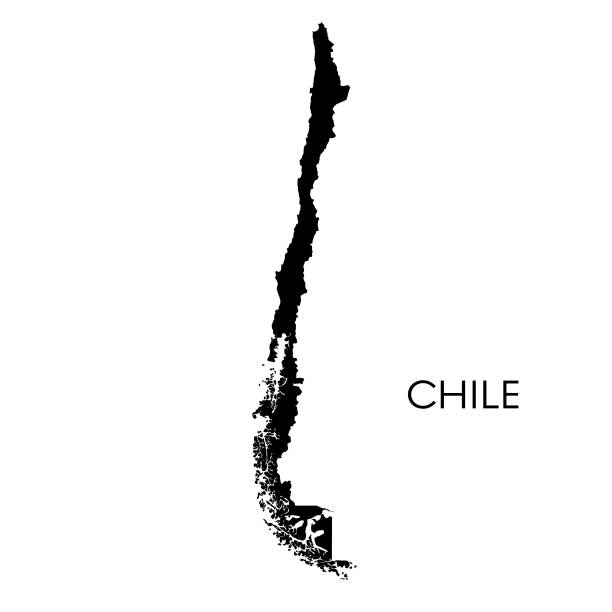Think of two wine regions in France that differ in location, atmosphere, history and wine styles and you might settle on Champagne and Alsace.
Champagne spreads across a broad plain,northeast of Paris; Alsace is on the eastern edge of the country, at the base of a mountain range and not far from Germany. The atmosphere in Champagne is organized and businesslike, while the atmosphere in Alsace is that of small towns with small wineries. Alsace's history is one of back and forth, between France and Germany and Champagne can trace it's history back to the Romans.
The wines of both regions are unique and reflect their environment. Alsace is known for a range of still and sparkling wines that have a close affinity with the local cuisine, while Champagne makes the country's premier sparkling wine and a small amount of still wine, mainly for local consumption.
Champagne
American humorist, Dorothy Parker, a writer with a wry sense of humor. had this to say about her favorite tipple: "Three be the things I shall never attain: envy, content and sufficient Champagne."
Parker's vinous passion has become an anthem for those who believe that no wine has built an image of desire, class and sophistication more than Champagne. And while the French bubbly savors its place as the world's premier sparkling wine, the high-end success has had its down side.
Champagne has not always been sparkling. But in the late 17th century, it was discovered that cold winters stopped fermentation. As it began to warm, fermentation started back releasing carbon dioxide, forming bubbles in the wine. Then, with some assist, say some sources, from a Benedictine monk, the world had Champagne. British society loved the new sparkling wine and the rest is, well, history.
An aside. Father Pierre Perignon, the Benedictine monk, often called the "man who invented Champagne," was, in fact, tasked at the Abbey of Hautvillers, with improving still wines for sale by the abbey. His skill was blending and creating new wines, based on black varieties which he found did not re-ferment as easily as wines made from white grapes. Ironically, re-fermentation was to eventually be used to create the style of wine that Dom Perignon tried to avoid.
Champagne's three grapes -- Chardonnay, Pinot Noir, Pinot Meunier -- are grown in a wide area along the Valley of the Marne, around the cities of Eperney and Rheims. There are 17 Grand Cru communes.
The essence of Champagne is blending to form the various styles. Basic Champagne is non-vintage brut. Additionally, most houses make a single vintage Champagne, Blanc de Blancs from Chardonnay, Blanc de Noirs from Pinot Noir, Rose Champagne and a luxury Champagne such as Roederer Cristal, that shows the house style at its best.
Champagne, as we now know it today, thanks to the innovative thinking of Madame Cliquot, became the favorite celebratory wine in the early 19th century, much to the chagrin of Champagne producers who felt their wines should be enjoyed at all occasions and meals.
Despite the pleas of the Champenois, however, the drinking public continues to buy a bottle of Champagne to celebrate a birthday, wedding or for a holiday toast, but rarely thinks of Champagne to have for dinner that night.
Alsace
Alsace is that odd region in the French regional mix: it's bi-lingual (French and German) and Alsace wines are bottled as varietals and not the traditional place names.
A casual drive through Alsace is like a trip back to the Middle Ages with walled towns, half-timbered buildings and quaint shops. Alsatians have found a way to successfully combine history with modernity.
| Along the Alsace Wine Route |
Alsatian winemakers have a reputation for stylish Riesling and Gewurztraminer. The wines are drier than the German styles, although in recent years, Alsace Riesling has dabbled with a little sweetness, but most of the wines have returned to the traditional dry style.
Riesling can be charming and refreshing with just the right amount of residual sweetness to lift the fruit. Finding the balance takes skill, something that's not always found in Rieslings from both Alsace and Germany. German trocken wines are a case in point. They can be so dry that the acidity hurts your teeth.
Gewuztraminer has done exceeding well in Alsace, both as a dry and sweet late-harvest wine. The grape's aromatic lychee flavors with a hint of sweet spices and natural high alcohol, make up for low acidity.
Rounding out the trio of Alsace's top varietal wines is Pinot Gris, with the spicy flavors of Gewurztraminer and mouth-watering acidity of Riesling. Once known as Tokay Pinot Gris, the name "Tokay" was dropped after Hungary filed a complaint with the EU claiming the name would be confused with Hungarian Tokaji, a classic wine made from the Furmint grape.
Alsace also makes late harvest wines, called Vendange Tardive, from a single vintage, from only Riesling, Gewurz, Pinot Gris and Muscat. Selection de Grains Nobles is a refinement of Vendange Tardive where the grapes reach higher sugar levels. In 1975, Grand Cru, or single vineyard, wines were approved and today there are north of 50 Alsace Grand Cru wines, although their presence is the continuing subject of some controversy.
On your next trip to your favorite wine shop, treat yourself to a bottle (or two) of Champagne and an Alsace Riesling or Gewurztraminer, then enjoy both wines tonight with dinner.
Next blog: "Waiter, there's a flaw in my wine!"
Write me at boydvino707@gmail.com





